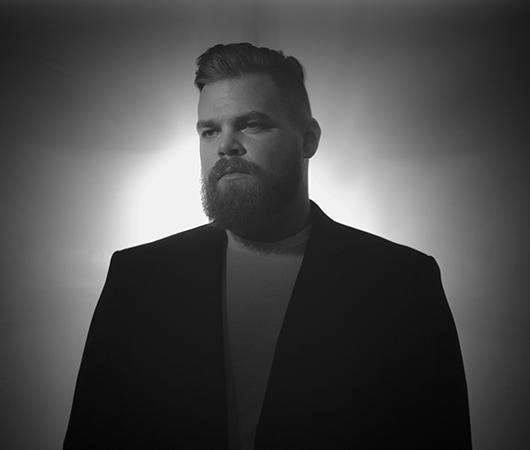Artist Tips – Com Truise Shares Five Keys to Getting the Most Out of Your Productions
Over the past few years, Com Truise (a.k.a. Seth Haley) has garnered plenty of attention […]

Over the past few years, Com Truise (a.k.a. Seth Haley) has garnered plenty of attention for his synth-laden, pop-inflected music, including his freshly released new EP for Ghostly International, Wave 1. However, the New Jersey-based producer has arguably received just as much acclaim for his technical prowess, as his multi-layered creations have earned him something of a reputation as a studio wizard. As such, we took the opportunity to tap into some of Hayley’s knowledge and asked him to pass along a few insights about how he gets the most out of his time in the lab.
It’s not about what you use, but how.
Analog, digital, virtual. It honestly doesn’t matter. What matters is being comfortable with your choice and really learning the ins and outs of the tools you have. Less is more here. I find that having too many options can lead to an inconsistent sound. It’s fun to collect this stuff and use different things from time to time, but in the end, I go back to the well and really push the equipment that I first started with and sprinkle in the new stuff I acquire along the way.
Layering
Layers are better, in a cake and especially in music. I layer constantly. A big part of my drum sound is tuning and layering. I might take a Roland 505, Oberheim DMX, and a Sequential Circuits DrumTraks kit, layer them all together, [then] distort, compress, and [apply] a sort of frequency shifting. Then I’ll resample and add some gated reverb and recompress. For me, it’s really about the tuning. I love everything detuned. Layer your pads, leads—everything can be layered, but sometimes not everything needs it. Say you’re going for just a nice stabbing synth brass pad, going for that early ’80s sound; don’t make it complex, it doesn’t need to be. If you start adding and adding, you’re going to lose the sound you originally sought out to create. That could be good or bad. Again, it’s all about personal preference.
Comfort
Nothing affects me more. I can’t stand working in a constricted situation, outfit, or mental state. I love waking up extremely early, making coffee, throwing on a film, muting it, and then starting to work on music. I wish I could always work on music in my windbreaker or pajama pants. Get a comfy chair, a blanket, anything that makes you feel safe and sound. Then, open up and just write. Write exactly what you want or feel. This is a major one for me.
Skewing
I always put global modulation on the final melodic parts of my music. I like to modulate things at different speeds, but you just add a touch. Obviously, it would start to sound like mush if overdone. Sometimes, it’s added just by using vintage recording equipment. In the end, it really just ends up adding a warm lush quality to the overall tonal parts of the tracks. It also adds some random syncopation to the tracks, even if it’s only a slight feeling.
Simplicity
Huge for me. My favorite thing to do is initialize instruments and program a new patch; [it can be just] two oscillators, one detuned, and a nice envelope on the filter and amp. Then I just play it. I really like the simple sounds. I was never really going for complexity. I like the nice clean synth brass sounds, smooth pads, a tiny bit of chorus, and some delay. You’ve got a nice patch right there. I never set out to make brand-new sounds. I just try to add today’s flavor to what’s already been solidified in the ears of history.

